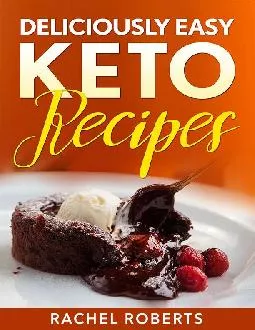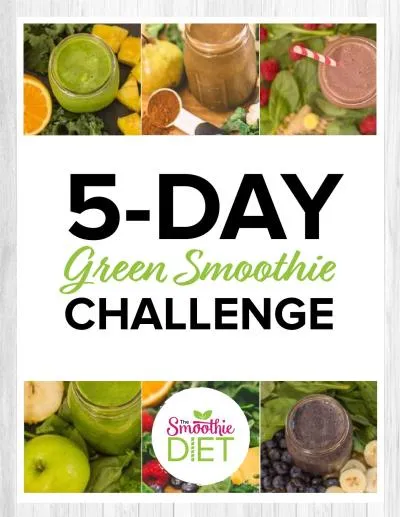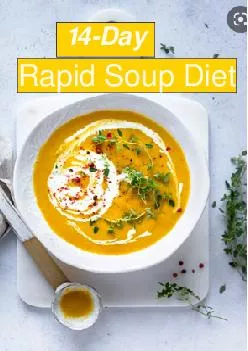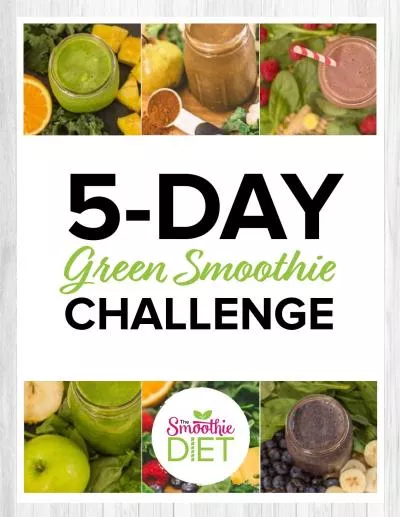PPT-RAPID DIET ASSESSMENT TOOL
Author : pasty-toler | Published Date : 2017-12-06
Demystifying IYCF assessments Extrapolation of education learning initiative A CrossSectional study of HOSHIARPUR PUNJAB Block Dr Smriti Pahwa Abhinav Motheram
Presentation Embed Code
Download Presentation
Download Presentation The PPT/PDF document "RAPID DIET ASSESSMENT TOOL" is the property of its rightful owner. Permission is granted to download and print the materials on this website for personal, non-commercial use only, and to display it on your personal computer provided you do not modify the materials and that you retain all copyright notices contained in the materials. By downloading content from our website, you accept the terms of this agreement.
RAPID DIET ASSESSMENT TOOL: Transcript
Download Rules Of Document
"RAPID DIET ASSESSMENT TOOL"The content belongs to its owner. You may download and print it for personal use, without modification, and keep all copyright notices. By downloading, you agree to these terms.
Related Documents

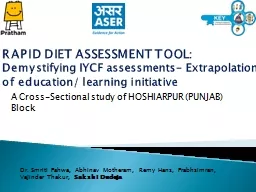
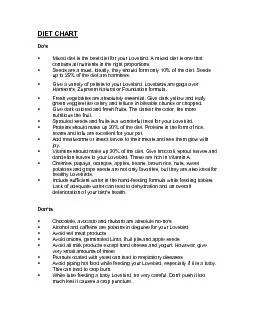
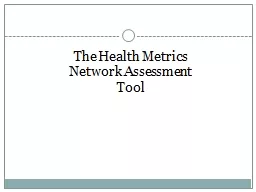
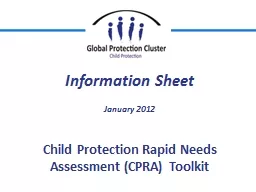
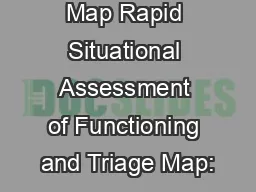
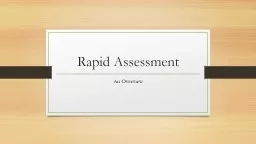
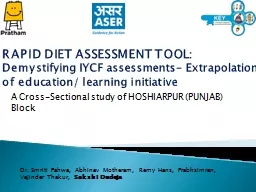
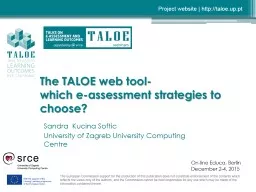
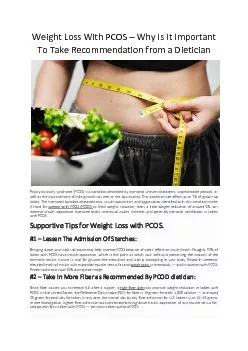
![[READ] Ketogenic Diet: The Ketogenic Diet Cookbook: 30 Ketogenic Diet Lunch Recipes For](https://thumbs.docslides.com/882503/read-ketogenic-diet-the-ketogenic-diet-cookbook-30-ketogenic-diet-lunch-recipes-for-rapid-weight-loss-and-amazing-energy-ket.jpg)
